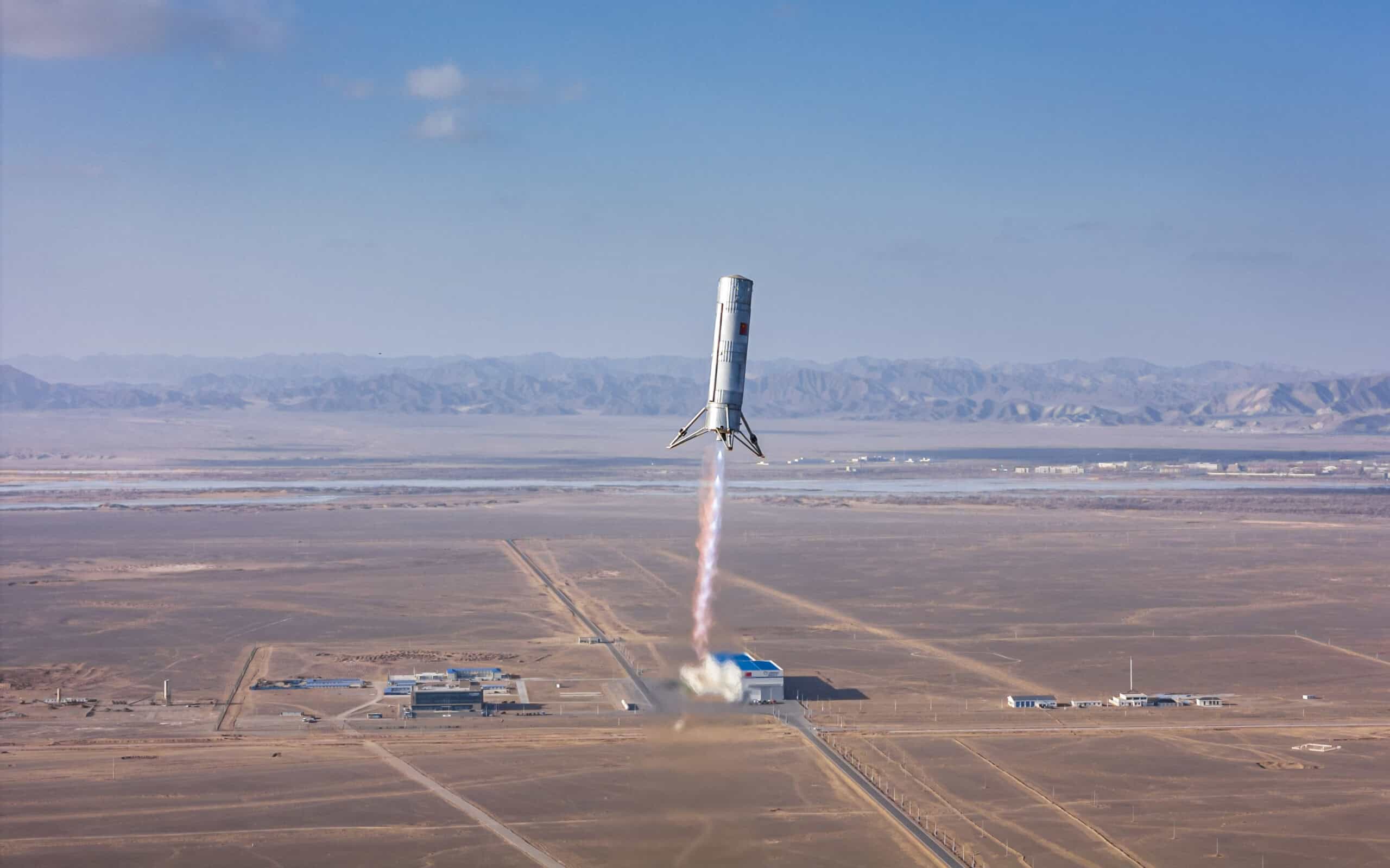Dean Cheng is a senior advisor to the China program at the U.S. Institute of Peace, an independent non-partisan institute founded by Congress, and a non-resident senior fellow at the Potomac Institute for Policy Studies. A researcher focused on Chinese military doctrine and its space program, he previously worked in the China division at the federally-funded Center for Naval Analyses, later joining the Heritage Foundation as a senior research fellow. Cheng has testified before the U.S. House and
LISTEN NOW
Face-Off: U.S. vs. China returns for new season
An award-winning podcast about the world’s two superpowers, the two men in charge, and the vital issues that affect us all. Face-Off cuts through the noise for the real story, with essential historical context.



